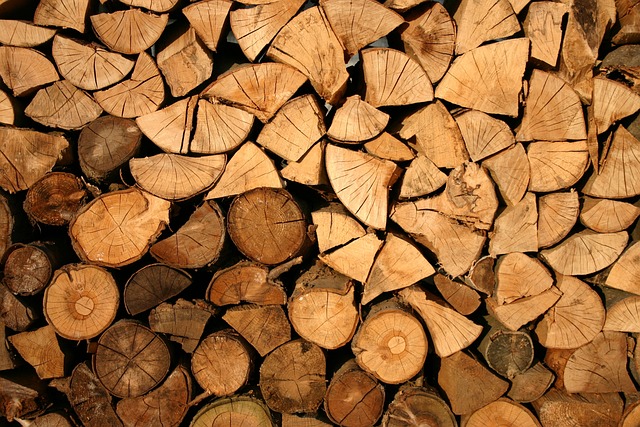The Devastating Impact of Clearcutting: A Deep Dive into Deforestation
Picture a vibrant forest, alive with the sounds of chirping birds and rustling leaves. Towering trees stand tall, providing shelter to countless species while absorbing carbon dioxide from the atmosphere. This is a sanctuary of life, a balance that nature has maintained for centuries. However, the process of clearcutting threatens to obliterate this beauty and balance, leaving behind barren landscapes that spew forth the consequences of human actions.
Clearcutting, the practice of removing all trees in a designated area in a single logging operation, comes with dire repercussions. While often justified for economic gain, this method strips away entire ecosystems overnight. Imagine the homes lost for countless birds, mammals, and insects—species that once thrived in a rich habitat reduced to mere stumps and debris.
The impact of clearcutting stretches beyond disrupted wildlife. The loss of trees means a significant reduction in oxygen production and carbon absorption. Forests are nature’s lungs, filtering air and combating climate change. Each cleared forest means an increase in greenhouse gases, exacerbating global warming and its devastating impacts on our planet. With rising temperatures, erratic weather patterns, and intensified natural disasters, the consequences of deforestation ripple outwards and touch every corner of the globe.
Furthermore, clearcutting destabilizes the soil, leading to erosion and loss of arable land. This not only affects wildlife but also threatens agricultural production for human populations. Communities relying on surrounding forests for food, materials, and clean water find their livelihoods jeopardized. The scars left on the landscape are not just physical; they represent struggle, loss, and an uncertain future for many.
As the industry pushes to maximize profits, the human element often gets lost. Indigenous peoples and local communities who depend on forests for their cultural and economic existence face displacement and marginalization. Their attempts to protect their ancestral lands clash with corporate interests, highlighting the urgent need for a balance between economic development and conservation.
Despite the grim picture painted by the consequences of clearcutting, there is hope. Awareness and activism are on the rise, with more individuals and organizations rallying for sustainable forestry practices and reforestation efforts. By advocating for alternative methods that equally consider ecological and social factors, we can restore the health of our forests and the biodiversity they support.
In our efforts to combat clearcutting and its effects, each of us can play a part—whether it’s supporting sustainable products, getting involved with local conservation initiatives, or simply educating ourselves and others about the importance of preserving our forests. Our planet’s future depends on how we respond today.




